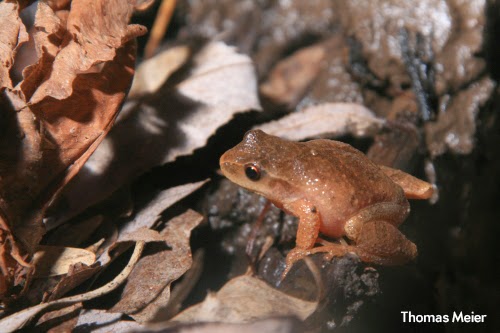Spring is in
the air and the animals are showing their enthusiasm by displaying their love
for one another. Some animals have quite strange ways of showing their
affection and attracting a mate. One such creature is the unique looking
American Woodcock also called the timberdoodle or bog sucker.
Their strange
looks help them to survive. Their large eyes help them to see above to avoid an
aerial assault when they are feeding and they use their long bills to probe
into the ground for juicy earthworms. Did you know these plump timberdoodles
are shorebirds? It’s true, they just happen to be the only ones that frequent
such places as forests and fields.
I always get
so excited to hear the Woodcocks; it’s a sure sign that winter has finally
ended! I usually hear them in late March, early April up at Lab Hollow when we
do our Amphibian Alert (as you read about in Tom’s previous blog post). Lately
I have been hearing them almost every night in the field next to my house in
Skaneateles. Have you heard this nasally peeent
call? It’s the male calling loudly to the females that he’s here and ready
for action! Check out the funny video below to experience this sound for
yourself!
Another way
male Woodcocks attract the females is by showing off their fancy dance moves
which the video below captures perfectly!
The most unique
part of the mating ritual happens at dusk. The male Woodcocks perform their sky
dance while making whistling noises with their wings. It’s really quite impressive
the way they zig and zag in the air, looking like a rotund bat! Once they have
spiraled down from high in the air they chirp and then land silently near a
female (if she is nearby) and begin to peent
– inviting the female in for a private dance for two.
Woodcocks are
ground nesters and the females lay their eggs about a month after accepting the
male’s invitation. The males are not involved in the rearing of the young and
will meet several other females before spring is over. Being that they are ground
nesters and thus susceptible to predators the young need to be up and out of
the nest soon after hatching. They will stick around the area though to get
eating pointers from mom.
It’s not too
late to get out and observe these amazing shorebirds in action! At dusk find a
field and there is a good chance you will hear the call. Isn’t love grand?

















